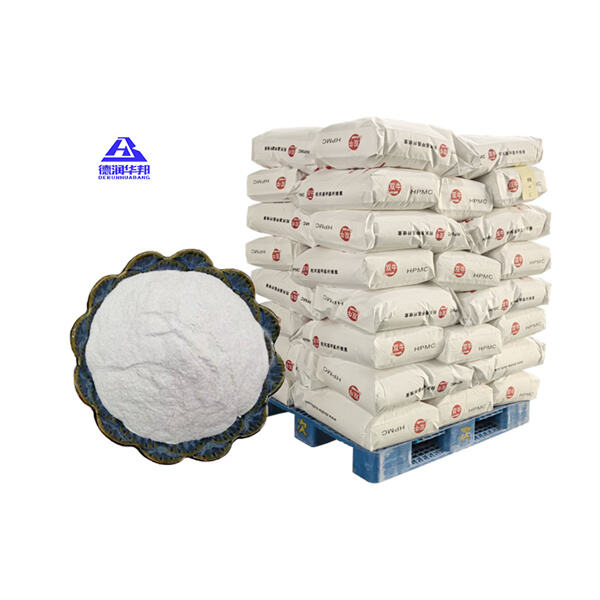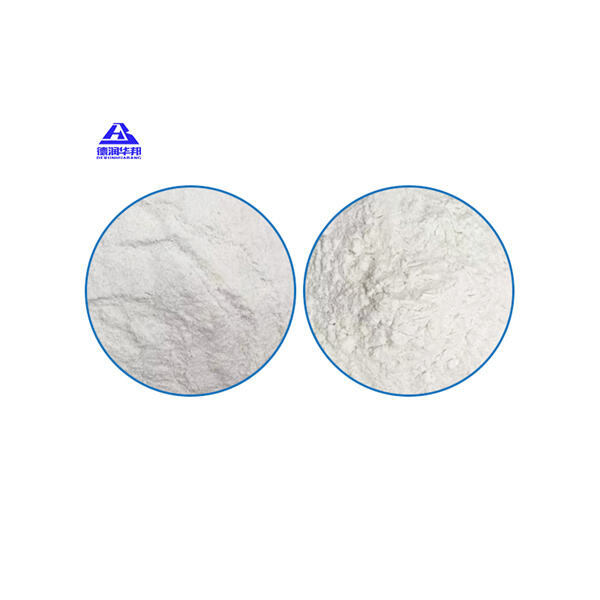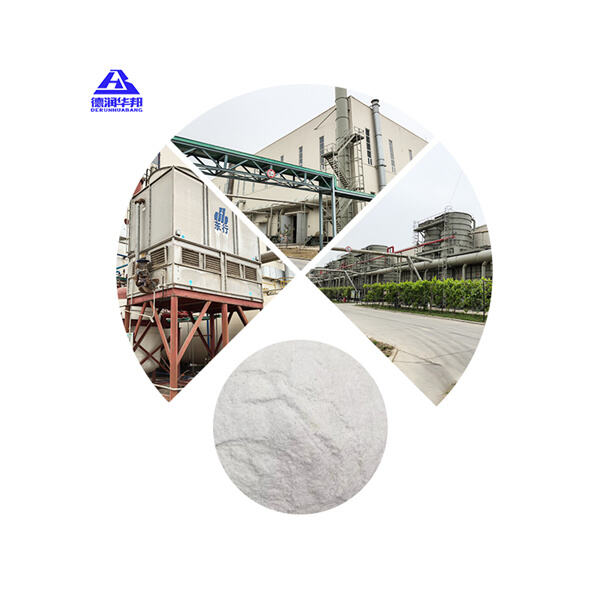 ×
×
Plantgebaseerde HPMC-selulose is 'n stof wat van selulose verkry word, wat in plante voorkom. Jy het selulose in dinge soos hout en katoen. Die afkorting staan vir hidroksipropiel metiel selulose, wat waarskynlik reeds te veel inligting is oor hoe daardie lang verbinding in jou sjampoens lyk nadat dit behandel is...
Een van die algemeenste toepassings van HPMC-selulose is in medisyneproduksie. Dit dien as 'n dikmaker en stabilisator in byvoorbeeld vloeibare medisyne — dit gee hulle daardie perfekte gevoel wanneer jy dit in jou mond sit. HPMC-selulose help ook om die bestanddele van medisyne oor tyd te vrystel, wat die medisyne effektiewer kan maak.
Behalwe in medisyne, word HPMC-selulose ook in die voedselbedryf gebruik as 'n dikmaker. Jy sal dit in slaai-verse, roomys en jogurt vind, waar dit help dat hierdie voedselprodukte sag en roomagtig bly.
'n Ander interessante toepassing van HPMC-sellulose word gevind in dwelmtoevoerstelsels. Dit wil sê, dwelms kan stadig en oor tyd in die liggaam vrygestel word, eerder as alles tegelyk. Dit kan help om newe-effekte te voorkom en die manier verbeter waarop die medisyne werk.

HPMC-sellulose is beskikbaar om in die bedekking van tablette gebruik te word, kapsules met 'n spesiale bedekking wat bepaal hoe vinnig die medisyne geabsorbeer sal word. Dit is veral nuttig vir medisyne wat oor 'n lang tydperk gebruik word, soos dié vir diabetes of hartkwalke.

Dit is nog 'n goeie eienskap van HPMC-sellulose, wat biologies afbreekbaar is, sodat dit in die natuur kan ontbind sonder om omgewingsbesoedeling te veroorsaak. Dit is veral belangrik in die farmaseutiese en voedselindustrie, wat aansienlike afval genereer.

Regeneratiewe medisyne lyk belowend, en word HPMC-selulose ondersoek vir die bou van strukture wat beskadigde weefsels en organe herstel. Dit kan die manier verander waarop ons beserings en siektes behandel, en hoop bied aan pasiënte met verwoestende gesondheidsprobleme.

